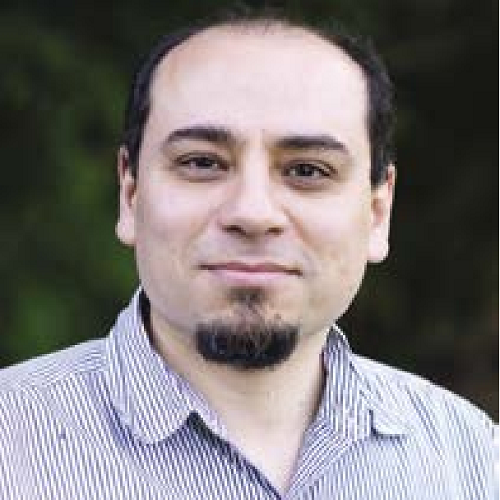Testing superconductor wires
We offer simple, fast, and automated testing for the quality and performance of superconductor wires.
Checking the quality and performance of superconductor wire ensures that it is used effectively and efficiently. We offer our testing service to wire manufacturers and their customers—both pre- and post purchase.
The science
When designing and constructing superconductor machines, it is important to know the current capacity of the wire under a variety of conditions. It must be able to support the expected current load, or the machine will not work. In addition, if wire has a large excess capacity, this may reflect an inefficient use of wire and may have implications for how quench management systems work.
The three SuperCurrent machines in Paihau—Robinson Research Institute's facility were built in-house. They measure the critical current of superconductor wires at magnetic fields up to 8 teslas, and temperatures from 77 Kelvin to 15 Kelvin. Samples can be tested across a full 360° rotation with respect to field direction. Samples are usually taken from the ends of lengths of the wire, and the length tested is about 60 mm. The total current is limited to 1500 amps. Samples may be patterned to a narrow bridge if higher current densities are required to complete a measurement.
Our datasets assure project leaders they have the right superconductor wire for their application.

Dr Olly Pantoja
Impact and potential
The SuperCurrent facility offers wire characterisation as a fee-for-service, for which rates are available on request. A complete dataset across the temperature, field, and field-angle ranges may take up to 24 hours to acquire, and the density of measurements can be varied according to need. The results are returned confidentially to the contracting organisation. Time at the facility can also be booked by visiting academics or businesses.
In addition to the SuperCurrent facility at the Institute, we build, install, and service SuperCurrent machines to order. We are able to customise them by negotiation.
The people
Dr Olly Pantoja manages the SuperCurrent system facility at the Institute. In his view, the facility’s success is linked to the quality of data it provides. He enjoys working with staff, students, visiting academics and manufacturers.
Facility Manager - Supercurrent System
Robinson Research Institute


